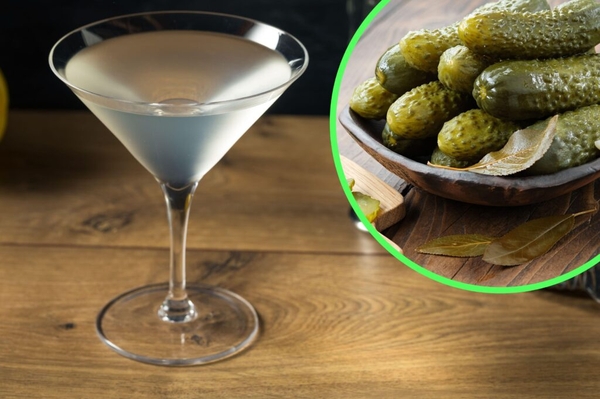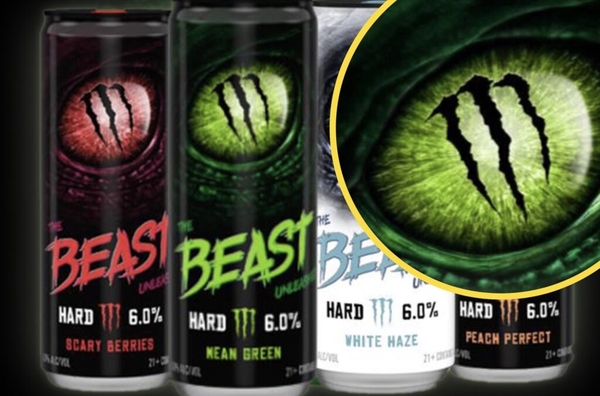Uncategorised
7 scary things that get put in your favourite candy
19 Sep 2018
3m

Even the poshest candy is, at best, irresistibly horrible. No one who regularly reaches a sticky paw into a clumpy bag of sweets is under the illusion that what they’re doing is a good idea. As impossible as they may be to ignore, we know deep down that indulging is something that we’re going to regret.
Perhaps this is why most of us pay hardly any attention to what is actually in the candy that we’re trying to virtuously ignore. Unsurprisingly, there’s a whole lot more going on than sugar. To reveal the full horror of the situation, we’re pulling back the curtain on candy and taking a deep dive into their ingredients. Fasten your seatbelts. Here are seven scary things that get put in your favourite sweets.
1. Sheep Sweat
Ever wondered what helps to make gummies so soft? Lanolin, a chemical extracted from the sweat of woolly animals such as sheep, is a crucial component in a number of beauty products, such as face and hand cream. It is also a key ingredient in many of our favourite sweets, as it helps add a springy texture.
2. Beetle Blood
Unfortunately for billions of bugs around the world, insects happen to be one of the best ways to colour our candy. Known as carmine, the dye is common in many red foods, such as ice cream, fruit juice and, of course, our sweets. To extract the colour, beetles are crushed and boiled, before being added to your food.
3. Lighter fluid
You would have thought that it wouldn’t be too much to ask companies that we avoid mixing what lights our cigarettes with what goes in our stomachs. You would be mistaken. Tertiary butylhydroquinone, or TBHQ, is used to preserve a number of our favourite foods and is a derivative of butane – the key chemical in lighter fluid.
 Credit: Pixabay
Credit: Pixabay
4. Animal Bones
Gummy bears might look innocent enough, but there’s a lot of animal suffering that has to happen before they make it into your mouth. Almost all gummy sweets are made with gelatin, a compound derived from boiled down animal bones. This makes many famous sweets decidedly un-vegetarian.
 Credit: Pixabay
Credit: Pixabay
5. Beaver Pee
Beavers are the last thing you might expect to be connected to your food, but they’re more heavily involved then you would think. Castoreum is an extract from beaver glands and urine and is often referred to as “natural flavouring” on food packaging. It is commonly used to enhance berry or vanilla flavoured sweets.
 Credit: Pixabay
Credit: Pixabay
6. Bug Juice
There’s more than one way for insects to crawl into your candy. Extracted from a beetle found in Thailand, shellac is the chemical that gives certain hard-shelled sweets their shiny, crunchy casing. Commonly found in products such as Skittles and Jelly Beans, it is occasionally referred to as “confectioner’s glaze”.
7. Bean Fat
The back of every sweet packet is packed with all sorts of complicated chemical ingredients. Among the most common is the controversial PGPR. Regularly used in chocolate products as a binding agents, PGPR is actually a fatty derivative of the soy beans and resembles a viscous yellow oil in its natural form.
 Credit: Pixabay
Credit: Pixabay
There are all sorts of good reasons for avoiding eating candy regularly. Even before you know exactly what’s in it, there are plenty of warning signs. Now you know some of the hidden secrets at the heart of confectionary, it might be even harder to pick up that next bar of chocolate.


